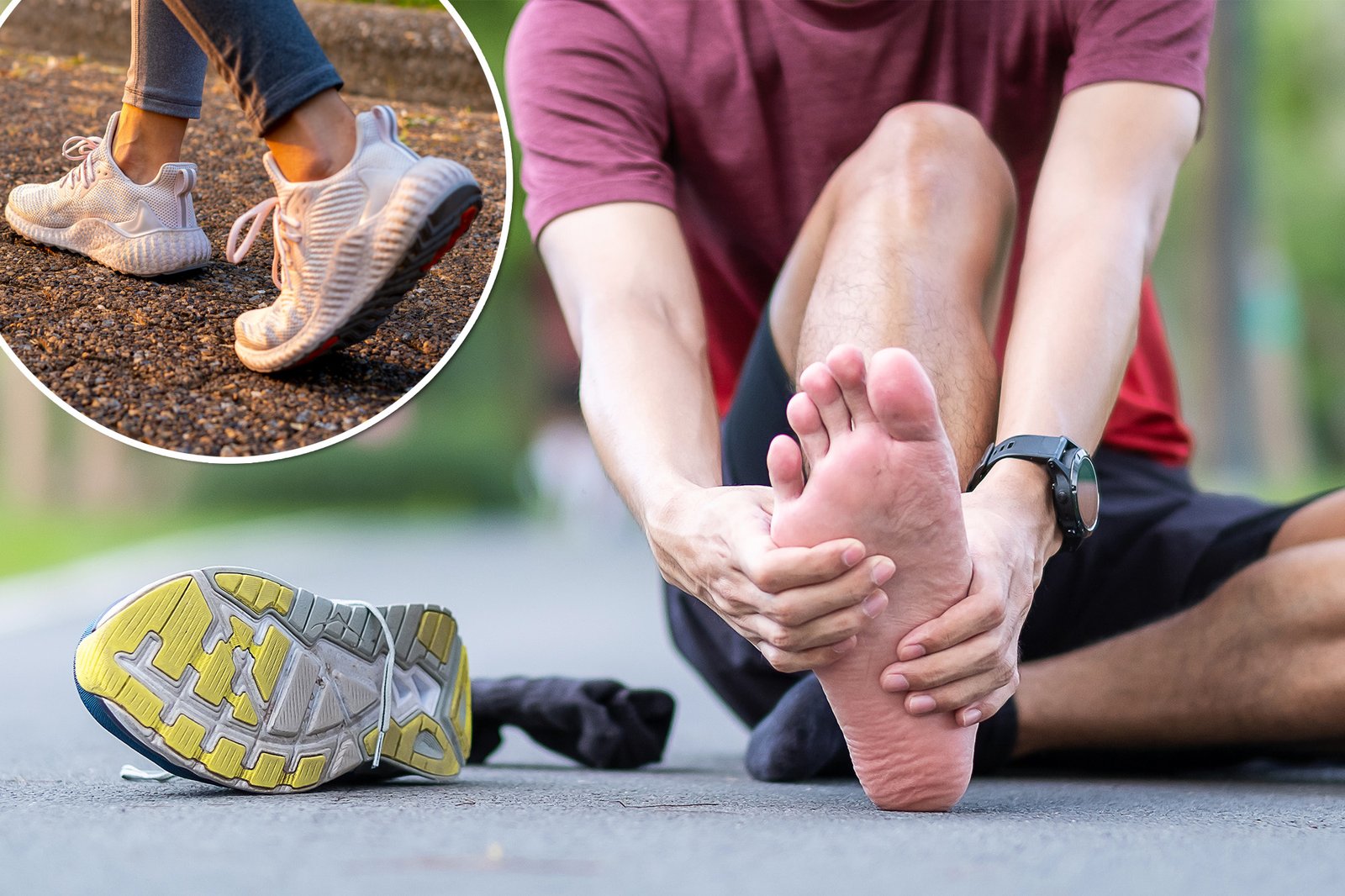The Surprising Impact of Shoe Choice on Running Injuries

Hey there, fellow runners! I know how exhilarating it feels to lace up your shoes and hit the pavement, but there’s a crucial aspect of running that many of us tend to overlook—our choice of footwear. Surprisingly, the shoes you wear can significantly increase your risk of running-related injuries. As someone who’s had their fair share of running mishaps, I can relate to the frustration and setbacks that come with injuries.
Throughout my running journey, I’ve learned that it’s not just about putting one foot in front of the other. Understanding how your feet interact with the ground is essential. A recent study has shed some light on this often-neglected aspect of running technique, revealing how certain shoes might be silently contributing to our injuries.
If you’re passionate about running and interested in enhancing your performance while reducing the risk of injury, it’s time to delve into the details. Let’s explore what modern research suggests about shoe selection and how it can make or break your running experience.
Key Takeaways
- Understanding your foot strike pattern is crucial for injury prevention.
- Shoe choice plays a significant role in how you perceive your foot strike.
- Transitioning to minimal shoes should be gradual to allow adaptation.
The Science Behind Foot Strike Patterns
You might have heard terms like “heel strike” or “forefoot strike” thrown around in running circles. But what do they really mean? Simply put, a rear foot strike occurs when your heel lands first as you run, while a non-rear foot strike involves the front half of your foot hitting the ground before potentially rolling back onto the heel. According to a comprehensive study conducted at the University of Florida, understanding these patterns is vital for injury prevention.
The study analyzed six years’ worth of data from 710 endurance runners who visited the university’s Sports Performance Center and Running Medicine Clinic. Researchers examined various factors including training regimens, shoe models, injury history, and most importantly, runners’ perceptions of their own foot strikes. What they found was enlightening—many participants were unaware of how their feet hit the ground during a run.
This lack of awareness often stemmed from wearing heavily cushioned sneakers with steep heel-to-toe drops. According to Heather Vincent, lead author of the study and director at UF’s Center for Health Sports Performance, such features can obscure a runner’s ability to feel how they’re landing. The cushioning effectively acts as a buffer between your feet and the ground, making it challenging to discern your landing style.
The Role of Shoe Design in Foot Strike Awareness
So, how does shoe design influence your ability to recognize your foot strike? It’s all about the cushioning difference between the heel and forefoot, commonly referred to as the heel-to-toe drop. Runners who could accurately identify their foot strikes were typically wearing lighter shoes with lower heel-to-toe drops and ample toe room. This design promotes better sensitivity with the ground, allowing for a more controlled landing.
Making an Informed Shoe Choice
If you’re considering switching to minimal shoes based on this research, proceed with caution. Transitioning from heavily cushioned sneakers to more minimal options should be gradual. The shift requires your body—particularly your feet—to adapt over time. As Vincent notes from personal experience, moving away from thick-heeled shoes demands patience and dedication towards strengthening your feet.
This transition phase could take up to six months before it feels entirely natural. But don’t let this deter you; it’s all part of the process towards improved performance and reduced injury risk. Consider introducing new footwear slowly into your routine while focusing on strengthening exercises that target foot muscles.
Final Thoughts
As we strive towards achieving our running goals without falling prey to injuries along the way, understanding our biomechanics becomes paramount. The findings published in Frontiers in Sports and Active Living emphasize how critical it is for runners like us to tune into our bodies’ signals—starting from our feet up! By choosing appropriate footwear designed with lower heel-to-toe drops and adequate toe space—and gradually transitioning if needed—we set ourselves up for success on every run!
The ongoing research efforts led by Vincent’s team aim at translating these insights into practical ways that help us modify our form effectively reducing potential risks associated with improper techniques or ill-suited footwear choices! So let’s embrace informed decisions when selecting those perfect pairs ensuring healthier strides ahead!
